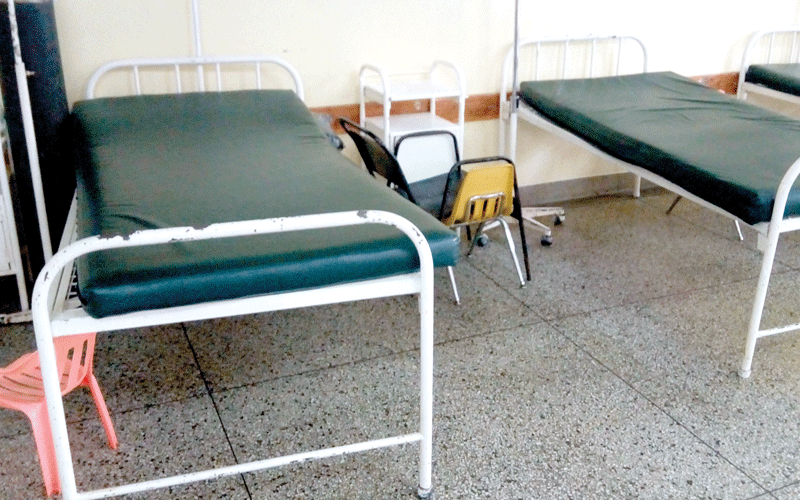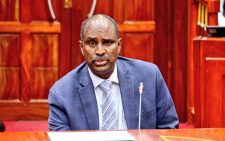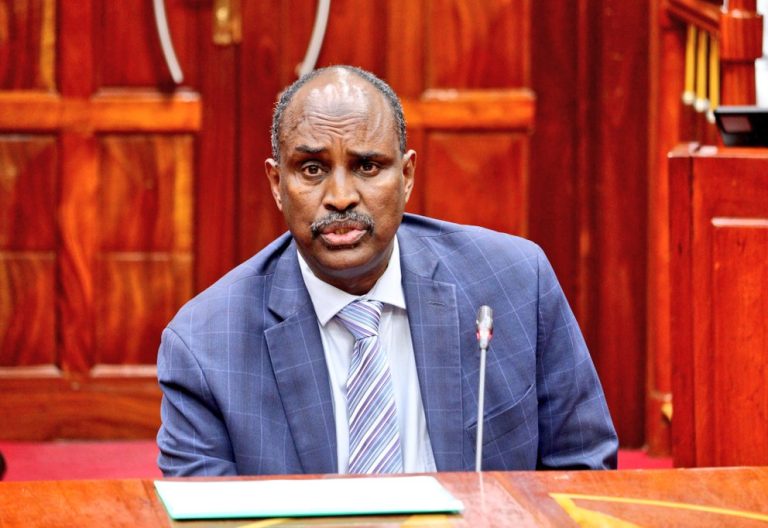Shortage of health facilities, doctors hurt UHC initiative

The government’s Universal Health Coverage (UHC) programme faces serious challenges after a recent UN report revealed that 5,000 people share seven beds in public hospitals in Kenya.
There is a severe shortage of medical personnel in Kenyan hospitals, according to the report, with one doctor serving 5,000 people.
According to the Kenya Medical Practitioners and Dentists Council (KMPDC), there are only 2,560 specialists and 11,974 doctors registered but only 7,974 have been retained in the 2019 register.
The World Health Organisation (WHO) recommends at least 23 doctors, nurses and midwives per 10,000 people but Kenya has one doctor, 12 nurses and midwives per 10,000 people.
Quality of service
With a population of more than 40 million Kenyans, there are 11,663 registered health facilities with 5,279 licensed by KMPDC for 2019.
Lack of personnel affects the affordable and quality of service.
Some 28.7 million Kenyan lack access to toilets, further worsening health outcomes
Lack of toilets and poor access to clean water, which affects 19 million Kenyans, exposes the public to waterborne diseases such as cholera and dysentery.
“Only 29 per cent of Kenyans access basic sanitation facilities,” says the report.
Director of Public Health in the Ministry of Health Dr Kepha Ombacho said poor sanitation was the biggest cause of disease burden in the country.
Health experts have questioned the government’s obsession with implementing curative programmes at the expense of promotive and preventive care.
Speaking during the recent ICPD25 at Kenyatta International Convention Centre, Amref country representative to Kenya, Dr Githinji Gitahi said focusing government’s energies and resources on curative instead of preventive and promotive care had its priorities wrong.
“The Kenyan government has not gotten it right because most of the funding is going to secondary and tertiary care,” he said.








